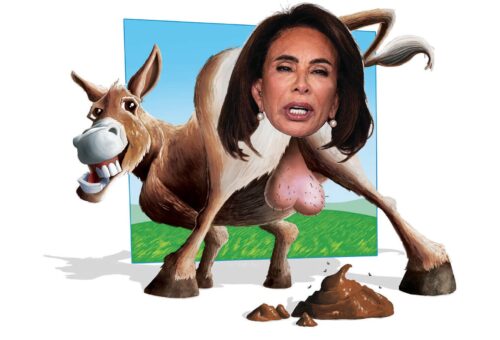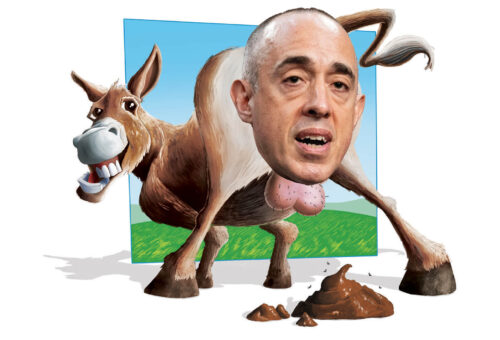Hard Time for Private Prisons
Crime pays. At least it does for the private prison industry, which annually is allocated about 5 billion in taxpayer dollars and nets more than $600 million in profits. But those dollars are about to dry up. A scathing report from the Office of the Inspector General for the Department of Justice has resulted in a directive to end the decades-long “free market” prisons-for-profit boondoggle.
As Deputy Attorney General Sally Yates detailed in a memo to the chief of the Federal Bureau of Prisons in August 2016, the federal government does a better job than the private sector at running prisons on virtually every measurable level: “[Private prisons] compare poorly to our own Bureau facilities. They simply do not provide the same level of correctional services, programs and resources; they do not save substantially on costs; and…they do not maintain the same level of safety and security.”
With that, Yates instructed the Federal Bureau of Prisons to either decline to renew its contracts with private operators or “substantially reduce” the scope of such agreements. The goal: “reducing—and ultimately ending— our use of privately operated prisons.”
With the federal prison population declining, thanks to recalibrated sentencing guidelines and the Obama Administration’s clemency initiative, Yates’s directive will reduce the federal government’s private-prison population by more than 50% in less than a year.
























